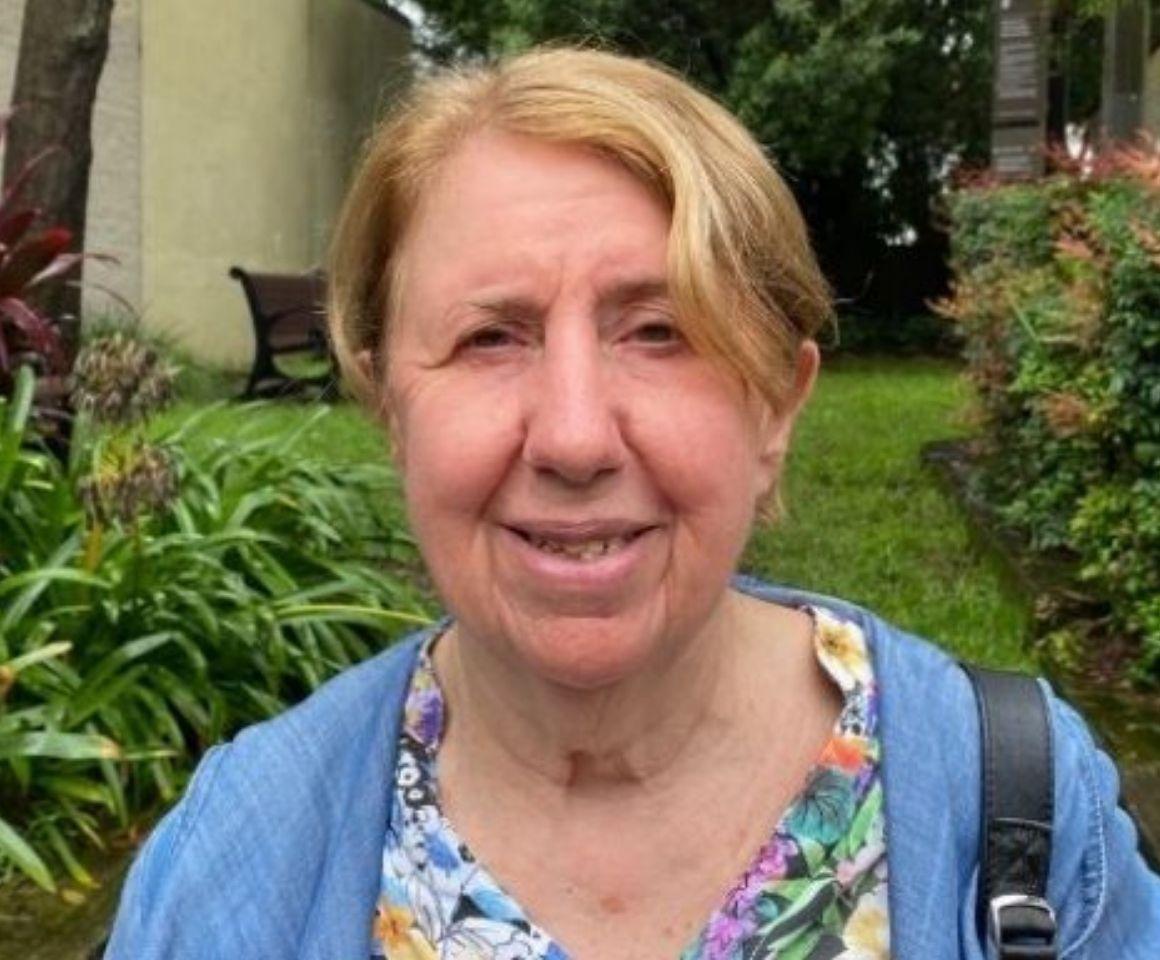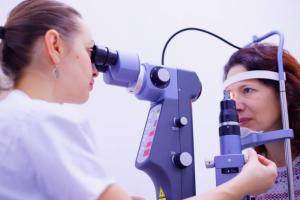It may seem strange, but nearly 50% of people diagnosed with glaucoma stop taking their medications within six months! There are multiple reasons for reduced treatment adherence, including medication side effects, poor understanding of treatment aims, poor instillation techniques (including physical barriers such as arthritis and tremor), and cost.
In spite of all these, there is one undeniable fact: if left untreated, glaucoma slowly causes irreversible vision loss and blindness and the only way to manage it is to maintain the treatment prescribed by an eye care professional.
If glaucoma can’t be cured, why is treatment needed?
The purpose of your glaucoma treatment is to prevent any further vision loss. Unfortunately treatment cannot restore vision already lost through glaucoma, but further loss of sight can be either prevented or slowed. Poor adherence to administering eye drop medication means increased eye pressure and risk of progressive loss of your sight.
Currently the only established treatment for glaucoma is to lower your eye pressure to an acceptable level. This ‘safe’ level is different for every patient and might change over time. That’s why it’s important to follow the routine that your eye care professional has planned for you.
If drops do not reduce your eye pressure as needed, there are other options such as laser therapy and a variety of surgical procedures.
Some tips you may find useful for sticking to your treatment
- Stay motivated and take your glaucoma treatment and medications seriously.
- Be consistent - always take your eye drop at the same time every day
- Have a signal - set a daily clock, phone or watch alarm as a reminder
- Have a consistent supply of medication - once you know how long your medication should last, mark your calendar to refill your prescription one week before you expect to run out, or subscribe to alerts at your pharmacy.
Guiding and informing people who are being treated for glaucoma has a positive impact: adherence rates double with the knowledge of two facts: glaucoma can blind and treatment can save sight.Clinical Professor Ivan Goldberg AM
Changes to your treatment regimen
As Glaucoma is a progressive and lifelong disease ongoing follow-up is crucially important, even once treatment has been started. Your eye pressure, the amount of optic nerve damage, and whether there has been any loss detectable on visual field testing need constant monitoring. In the case of any unexpected increase in IOP, visual field deterioration or progression of optic nerve damage, the current treatment plan may have to be reviewed. In most cases progression of glaucoma cannot be self-detected, therefore, adherence to follow up appointments is very important to manage the condition appropriately.
Your treatment may be altered at follow-up appointments in the following ways:
- Change of eye drop, or adding extra eye drops to your existing ones
- Laser treatments, which are usually performed in office
- Your ophthalmologist may also discuss the possibility of glaucoma surgery, cataract surgery or a combination of both. (Cataract surgery can be helpful for some types of glaucoma also)
Glaucoma can progress at different rates over time, and even patients who have been stable for a number of years sometimes require a change to their treatment if the situation changes with their disease.
'The thought of possibly losing my sight was too hard to accept. Having to have drops twice a day only hammered home this possibility...'



